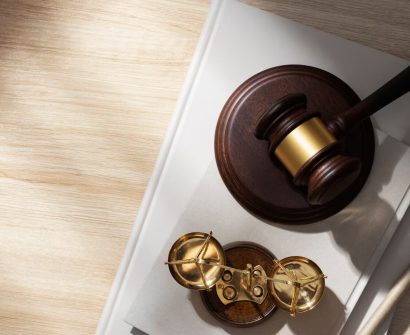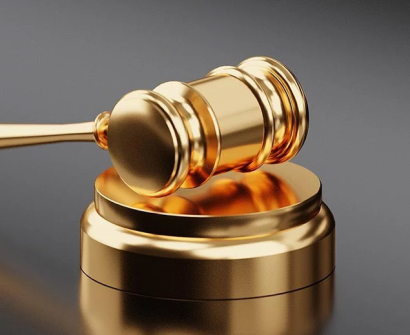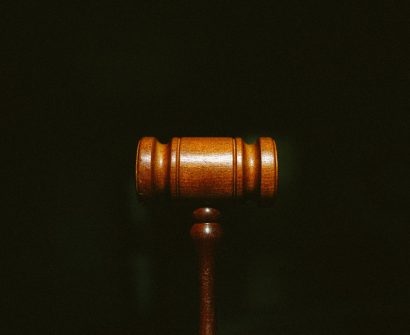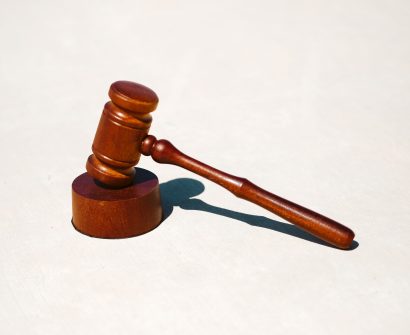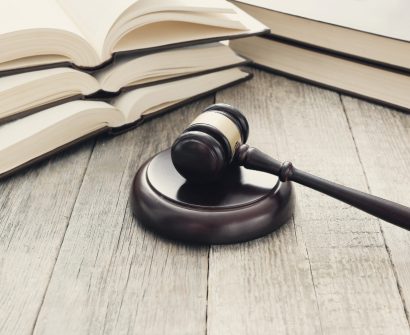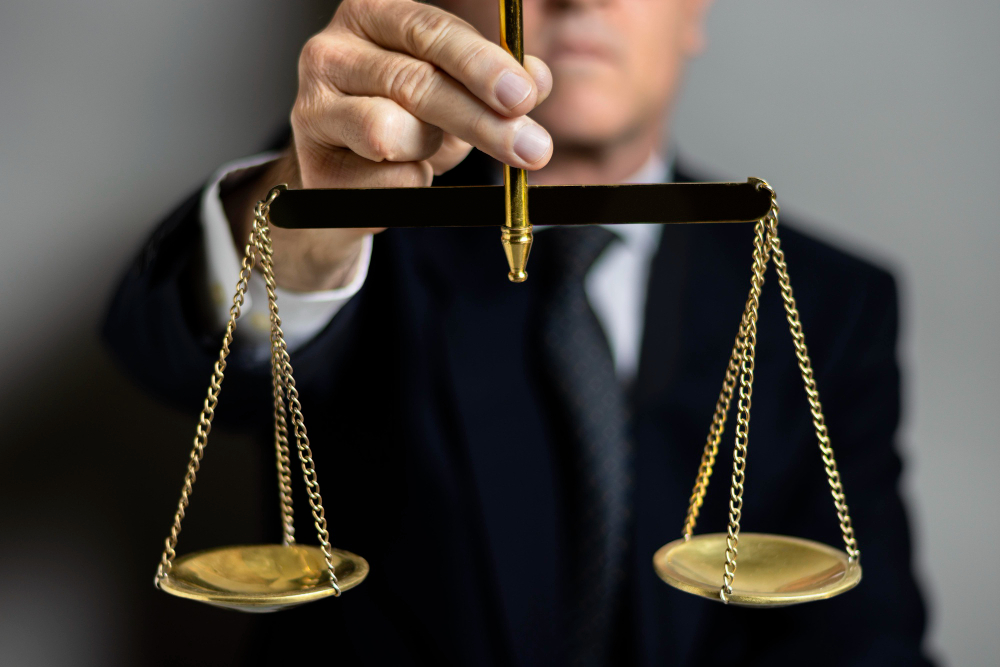
The petitioners in a notable case involving the advertising of goods and drugs that were illegal encountered difficulties in marketing their product as a result of complaints made against their advertisements.
The Supreme Court’s decision clarified the extent of protection provided by the Constitution’s Article 19(1)(a), which upholds the right to free speech and expression. The court stressed that although commercial speech, which includes advertising, is essential for informing the public about products, it cannot include offensive or damaging commercials.
hamdard dawakhana case summary
hamdard dawakhana case facts:
- Under Article 32 of the Indian Constitution 1949, the petitioners contested the Drug and Magic Remedies Objectionable Advertisement) Act, 1954’s constitutionality.
- The petitioners claimed that their fundamental rights under Article 19(1)(a), f, and g of the Indian Constitution had been violated by the actions taken against them. There were also accusations of violations of Articles 14 and 21 of the Constitution.
- The petitioners further stated that they encountered numerous challenges in terms of product publicity shortly after the Drugs and Magic Remedies Objectionable Advertisement Act, 1954 went into effect, and that the authorities had also raised a number of objections regarding their advertisements.
- The petitioners received notification from the drugs controller on December 4, 1958, informing them that they were in violation of Section 3 of the Drugs and Magic Remedies Objectionable Advertisement Act, 1954. The controller also requested that the products they had sent to Bombay and other states be returned, and he also halted the sale of forty of the products listed in the petition.
- The petitioners argued that the medications used Unani nomenclature, which was recognized for several centuries around the globe.
- The respondents filed a counter-affidavit in which they claimed that the primary goal of the act is to stop people from self-medicating for a variety of serious illnesses. They also discovered that certain medications have a tendency to encourage people to self-medicate due to their exuberant advertisements. The belief was that a thorough inspection was required.
Hamdard Dawakhana Case Issues:
- Is the Objectionable Advertisements Act of 1954 (Drugs and Magic Remedies) unconstitutional?
- Do the reasonable restrictions outlined in Article 19(2) of the Constitution apply to advertisements?
- Do the act’s regulations impose unjustified and onerous limitations on constitutional rights?
- Does the act grant the executive unlimited and unchecked power?
Contentions Raised by the Petitioner:
- According to the allegations, they are requesting that respondents take a number of actions that would violate their fundamental rights as stated in articles 19 (1) (a) and 19 (1) (f) and (g).
- Additionally, they contested the Act on the grounds that it contravenes Articles 14, 21 and 31.
Contentions Raised by the Respondent:
- According to the respondents, the way in which complainants and other parties advertise drugs amply illustrates the necessity of enacting legislation akin to the Criticized Act and enforcing it strictly.
- They claimed that this restriction takes the shape of a public service announcement. They claimed that the primary goal of this Act is to prevent individuals from treating a variety of diseases on their own without first ensuring that the treatment has been thoroughly tested. Manufacturers are also required to submit their products to credible sources in order for professional agencies to approve, test, and consider them appropriately.
Hamdard Dawakhana Case Judgments:
- The hamdard dawakhana vs union of india was decided on 18th December,1959.
- The judges comprise of Justice J.L. Kapur, Justice Bhuvneshwar P. Sinha, Justice Syed Jaffer Imam, Justice K.N. Wanchoo, and Justice K.C. Das Gupta.
- The delegation of powers was invalidated by the Supreme Court in the 1959 case of Hamdard Dawakhana v Union of India because it was ambiguous.
- According to the ruling, the Center’s authority to designate illnesses and ailments under the Drug and Magic Remedies (Objectionable Advertisements) Act of 1954 is “uncanalized,” “uncontrolled,” and extends beyond the bounds of legally permitted delegation. That’s why it was decided to be unconstitutional.
Protecting fundamental rights such as freedom of speech, expression, assembly, association, movement, and the ability to pursue any career has been greatly aided by the judiciary. Although these rights are necessary for a healthy and dynamic democracy, the courts have acknowledged that reasonable limitations are also necessary to safeguard public order, national security, and other justifiable interests.
The judiciary’s dedication to safeguarding individual liberties while weighing the interests of society as a whole demonstrates a progressive and responsible attitude, ensuring that fundamental rights are preserved and applicable in the dynamic environment of a diverse and democratic India.
By upholding the sanctity of national symbols and resources and reaffirming the fundamental value of freedom of speech and expression, these historic rulings have laid the groundwork for a strong and inclusive constitutional framework that will ultimately foster a society that upholds both individual rights and collective responsibilities.
For any latest news, judiciary exams notifications, patterns, etc watch Jyoti Judiciary’s YouTube channel for legal videos for any updates at https://youtube.com/@jyotijudiciarycoaching4852?si=2cwubh9d2A9urwJf


